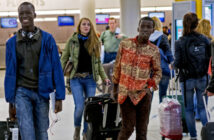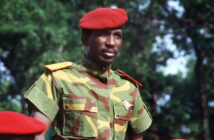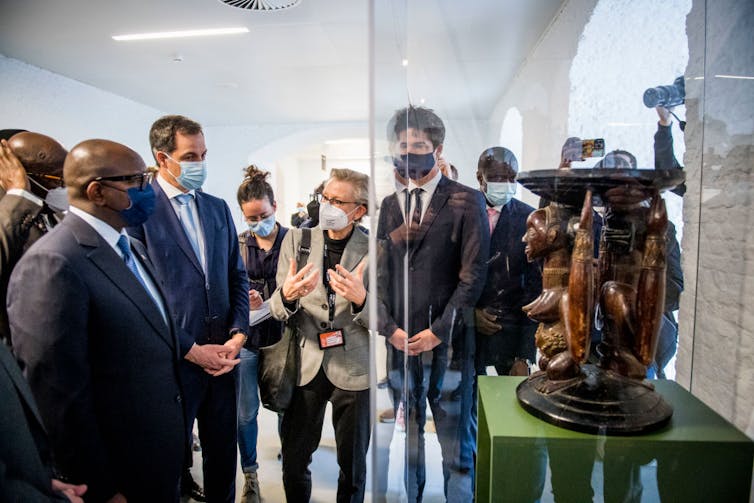
Jasper Jacobs via Getty Images
Julien Bobineau, Friedrich-Schiller-Universität Jena
Racist displays and stories remain on display in several western European museums. They include grotesque objects depicting African people as “savage” and “wild”. Narratives of a “continent without history” and fantasies of European superiority are still told in ethnographic museums, like the Humboldt Forum in Berlin and the Musée du quai Branly in Paris.
These museums have been criticised by scholars and activists since the 1970s. Their handling of objects looted during the colonial period, especially from Africa, is seen as an indicator of the political relations between Europe and African nations.
Criticism ranges from the illegitimate acquisition of the objects to the often-racist representation of the African continent and its inhabitants. It also includes the lack of participation by African and diasporic actors.
After initial hesitation, Belgium, a former colonial power, opened itself to debate about reparations, justice and a common future with its African partners in the late 1990s.
This change in attitude was accelerated by mounting pressure from the Black Lives Matter movement in Belgium. International advances by other former colonial powers like France, Germany and Great Britain in the restitution debate also created impetus.
The AfricaMuseum in the Tervuren suburb is at the centre of these debates in Belgium. It’s an institution in the process of repairing its troubled history.
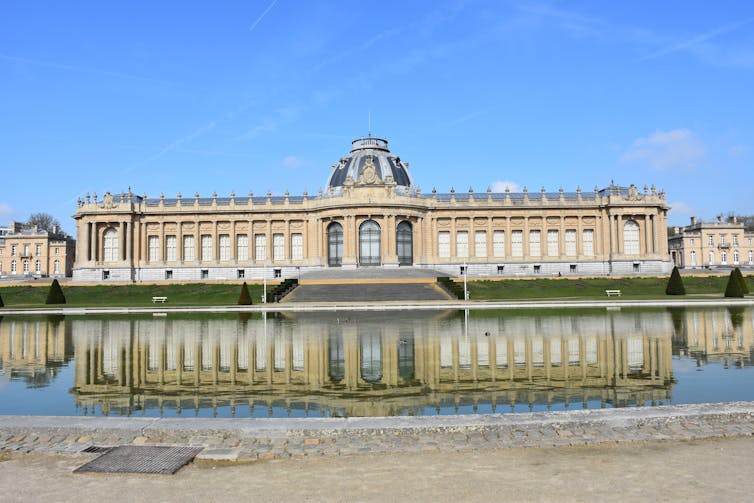
Wikimedia Commons
As a white and privileged researcher who focuses on colonial memory, racism and anti-colonial movements in Europe, my perspective on the AfricaMuseum is divided. For more than 10 years, the museum has been part of my cultural studies research. In my view, the museum is marked by a dusty past and has shown little evidence of post-colonial self-reflection. On the other hand, there are serious efforts to change.
Colonial looting
The AfricaMuseum’s forerunner was initiated in 1897 by the Belgian king Leopold II (1835-1909). It was a colonial human zoo within the Brussels World’s Fair. A Congolese village was recreated in Tervuren “exhibiting” 60 Congolese residents. Seven of them didn’t survive the exhibition, which lasted several months.
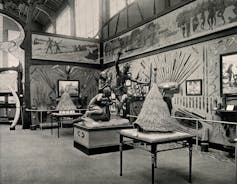
Wikimedia Commons
In 1910, the space opened as the Museum of the Belgian Congo and presented ethnographic collections. The colonial institution initially served the purpose of legitimising the brutal colonial rule in the Congo Basin. It promoted the so-called “civilising mission” in Africa among the Belgian population.
It presented an alleged European superiority, underlined with pseudo-scientific methods and a racist representation of African cultures.
The exhibited objects were mostly looted from colonised territories by Belgian officials, the military and private persons.
There was little awareness of these material and immaterial injustices in Belgium until the late 1990s. To this day, some conservative positions glorify the Belgian colonial period as a justified and philanthropic undertaking.
Even after the Democratic Republic of Congo’s independence on 30 June 1960, the museum retained its original concept under the name Royal Museum for Central Africa. It exuded a peculiar kind of colonial “nostalgia”. As late as 2001, the US anthropologist Jean Muteba Rahier described the museum as a colonial place frozen in time.
In 2013, the museum was closed for extensive renovations. It reopened as the AfricaMuseum in December 2018, with the then director Guido Gryseels saying:
… the museum has distanced itself from colonialism as a form of government and accepts responsibility for the part it played in the past in disseminating stereotypes about Africa.
Today, the AfricaMuseum holds over 125,000 ethnographic objects. It has 300,000 geological specimens, 8,000 musical instruments and nearly 10 million biological exhibits. It also holds sound and film recordings. A few human remains are among the museum’s collections.
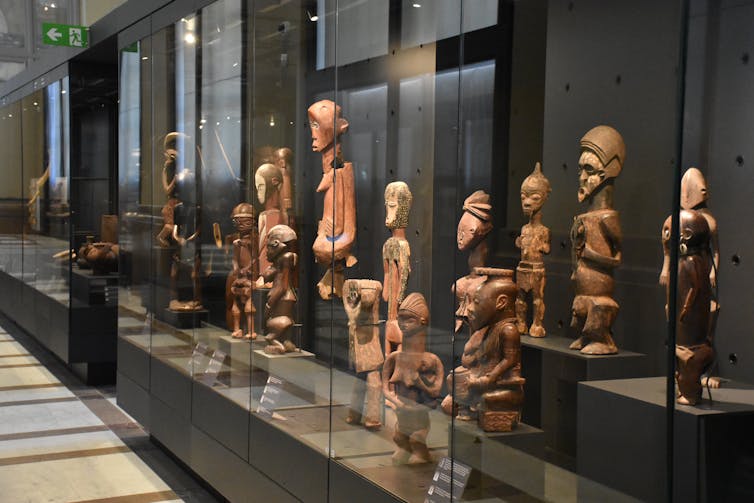
Julien Bobineau
The origin and exact circumstances of the acquisition of these objects remain largely unexplained. It can be assumed that most of the collection was illegally looted during the colonial period.
Recognising African heritage
Closely related to the question of restitution is a revision of the way Africa and Africans are represented in ethnographic museums. The AfricaMuseum attempted to address this in its 2013-2018 renovation.
Yet, some objects remain placed in a context that allows for a pejorative view of Africa. This is evidenced by the combination of the depiction of Congolese culture and the natural history of humankind in one space.
After French president Emmanuel Macron triggered more debate over restitution while in Burkina Faso in 2017, the AfricaMuseum focused on addressing the origin of its objects. Reparation and representation of African and diasporic voices became a priority.
This was supported by political debates in the Belgian parliament in 2021 and 2022. They led to the formulation of ethical principles for restitution.
A new law was passed that provides a framework for the return of looted objects. This is a starting point for a redefinition of Belgian-Congolese relations.
Early results
Belgium has since sent the Democratic Republic of Congo a draft bilateral restitution treaty. It proposes, for example, a joint commission to coordinate scientific investigations into the origin of objects in Belgium’s possession.
In June 2021, the ownership rights of almost 800 looted objects from the AfricaMuseum were transferred to the Congolese state – though they still haven’t fully returned to Kinshasa.
In February 2022, Belgian prime minister Alexander De Croo presented Congolese prime minister Jean-Michel Lukonde with a list of more than 84,000 artefacts from the Congo. Those artefacts have been in Belgium’s possession since colonisation and are now to be examined with a view to possible restitution.
Next steps
The restitution of looted objects from former colonies in Africa is an essential component of a post-colonial reparation.
Some European politicians, museum directors and scholars have pointed to an alleged lack of storage facilities in Africa. This argument shouldn’t count.
The vast majority of artefacts were seized from their original context and only transformed into “art objects” in European museums. In Germany, for example, debate flared up this year as to whether restituted Benin bronzes should become the private property of the royal family of Benin – the legitimate owners – or be exhibited in Nigerian museums. This shouldn’t be Germany’s concern.
To put restitution into practice, four things are needed now:
- humility on the European side
- a deeper willingness for cooperation
- funds
- transparent and open dialogue.
The new Belgian path shows that this seems possible, though there’s still a long way to go.
Julien Bobineau, Assistant Professor, Friedrich-Schiller-Universität Jena
This article is republished from The Conversation under a Creative Commons license. Read the original article.



